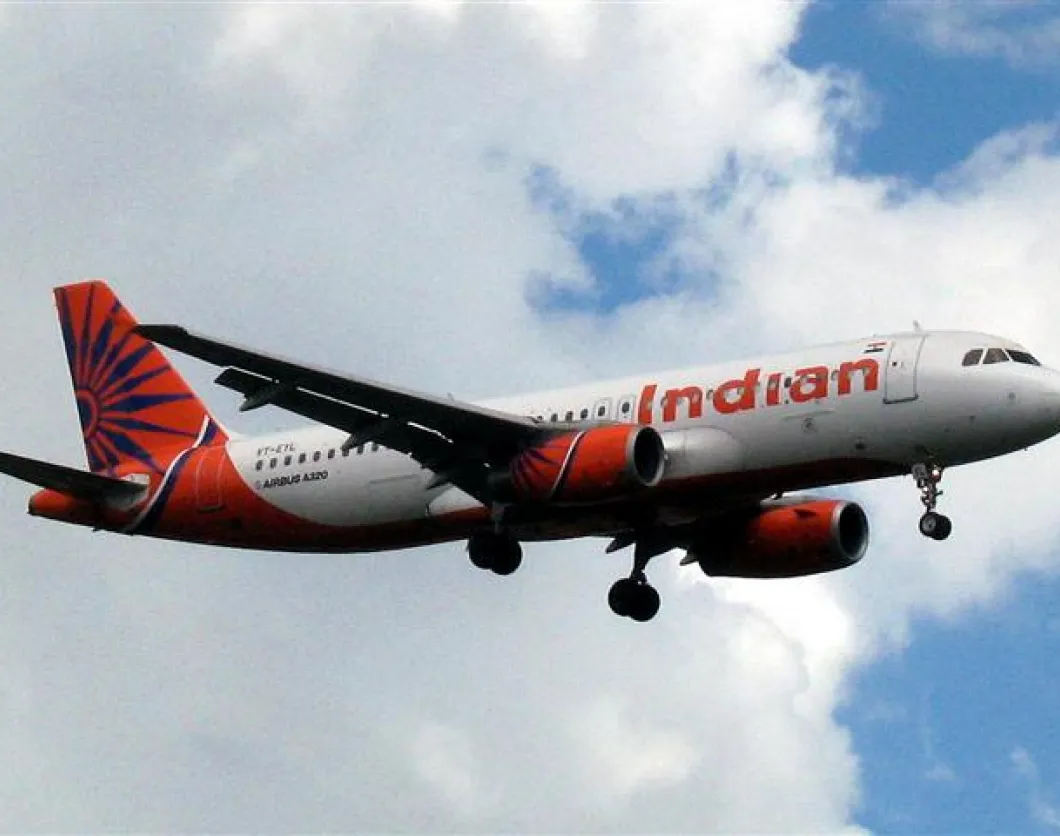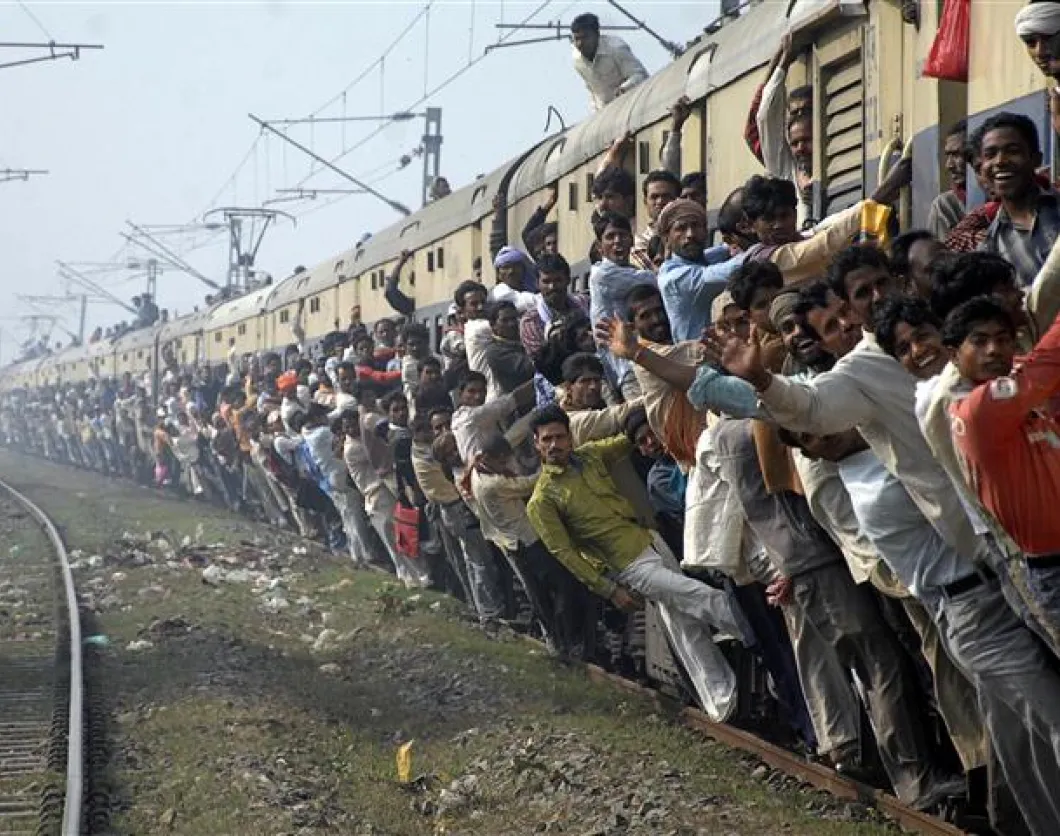The aviation sector in India is one of the fastest growing in the world with around 18.9% growth in domestic passenger traffic in last two years. By 2020 the domestic passengers in India is set to increase up to 180 million.
The boom in the aviation sector started during the last ten years with the entry of various private players in the domestic market leading to a significant reduction in air fares. Till then, domestic flying in India was as costly as international flights. This was because of the limited options travelers had, to choose from.
The main airlines back then were Air India and Indian Airlines. But today, there are at least ten different airlines operating in the domestic routes, thereby giving Indian travelers competitive prices.
This has actually led to a revolution in the way Indians travel today. Till the early years of the 21st century, trains were the best means (price wise) for the lower and middle income groups in India for traveling inside the country. But now, travelers from Kerala do not have to spend 52 hours in trains to reach New Delhi any more.
Among the main players in India’s domestic aviation are Kingfisher airline, Jet airways, Indigo airlines, GoAir airlines, Jagson airlines, Spicejet Airlines, Jetlite airlines, Paramount airways, Kingfisher Red (Air Deccan) and Indian airlines.
Helping Global Aviation Industry
To meet the ever increasing demand in the domestic market and the eagerness to play a lead role in the growing aviation business in Asia, various Indian airlines are going ahead with ambitious buying plans. The two major aircraft manufacturers in the world, ‘Boeing’ and ‘Airbus’ are profiting from this demand boom and India is one of their key markets today.
The biggest headline maker in the global aviation industry in recent times is not Cathay Pacific or Lufthansa but a domestic player from India, known as ‘Indigo Airlines’. It made headlines by placing the biggest order in the history of Airbus worth 16$ billion to buy 180 A320s. This includes 30 classic A320s and 150 upgraded versions called A320neo.
At a time when the developed economies are complaining about slow growth rate and high unemployment, such new investments are indeed a boon. They are creating jobs and helping these companies to sustain at a time of global crisis and reduced profits. According to Airbus, by 2028 the country would need 1032 aircrafts worth $138 billion, while, as per Boeing, the sector would require 1150 aircrafts worth $135 billion in the next 20 years.
Rising Fuel Prices
The increase in the international crude oil price has forced many domestic players in India to go ahead with a hike in their airfares since the beginning of January 2011. Although, the percentage of increase in the fares is not very significant, it shows the latest trend in low-cost flying. The only means for these airlines to sustain growth and increase profits is by increasing their tariffs.
Although there will be lots of criticisms from various groups about this, such an increase in the ticket fares will not have a drastic effect on the volume of passengers. Compared to the time taken to reach from point A to point B in India by train or other means, the number of people who will continue to use this means of transport will only increase as years pass by. Indian travelers are slowly getting used to the fast paced and comfortable traveling by air and they are ready to spend on this.










